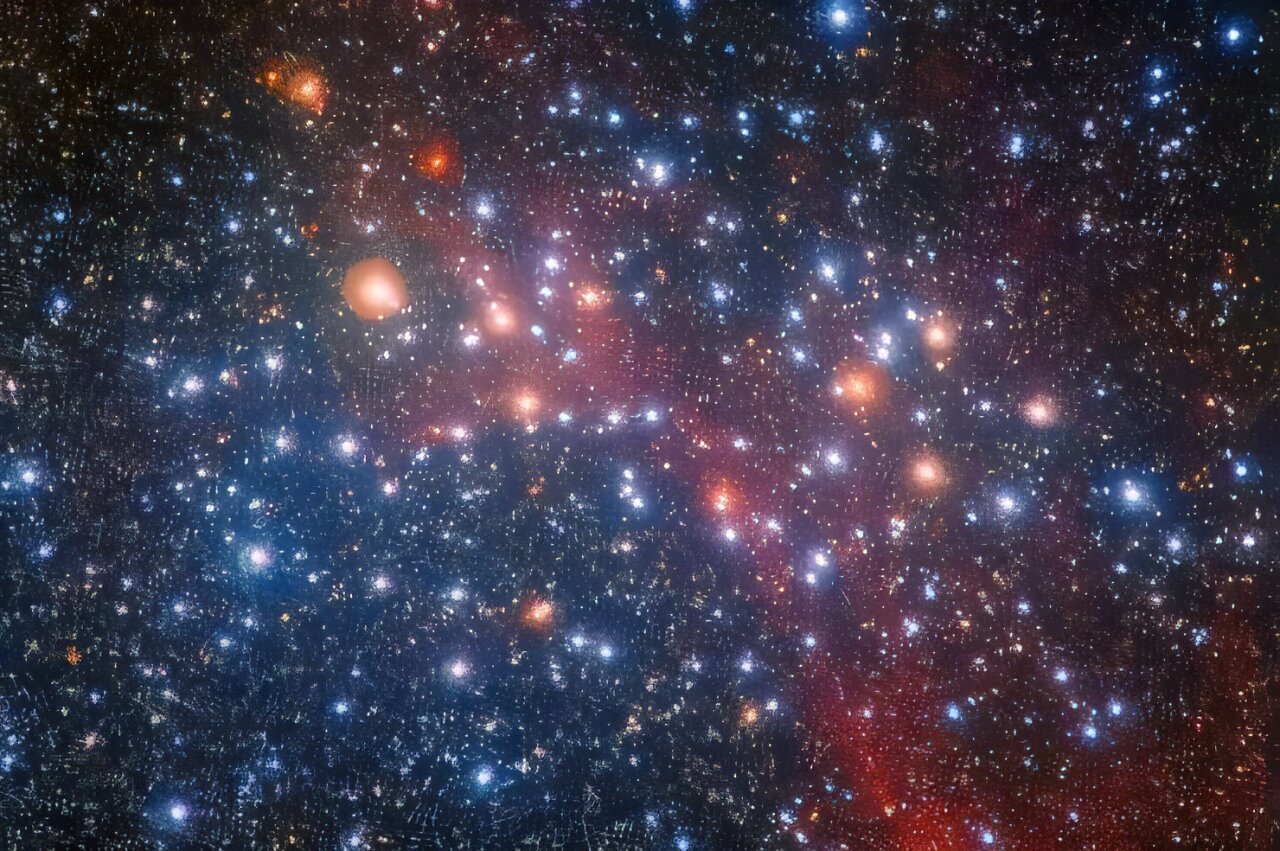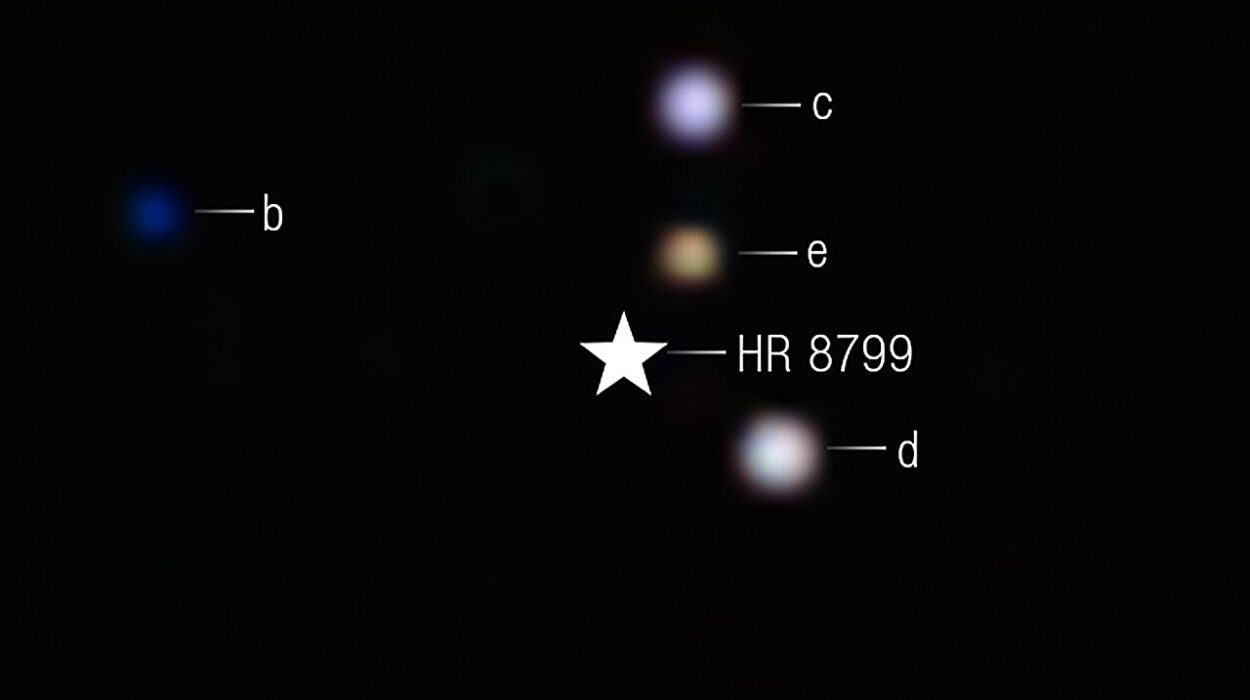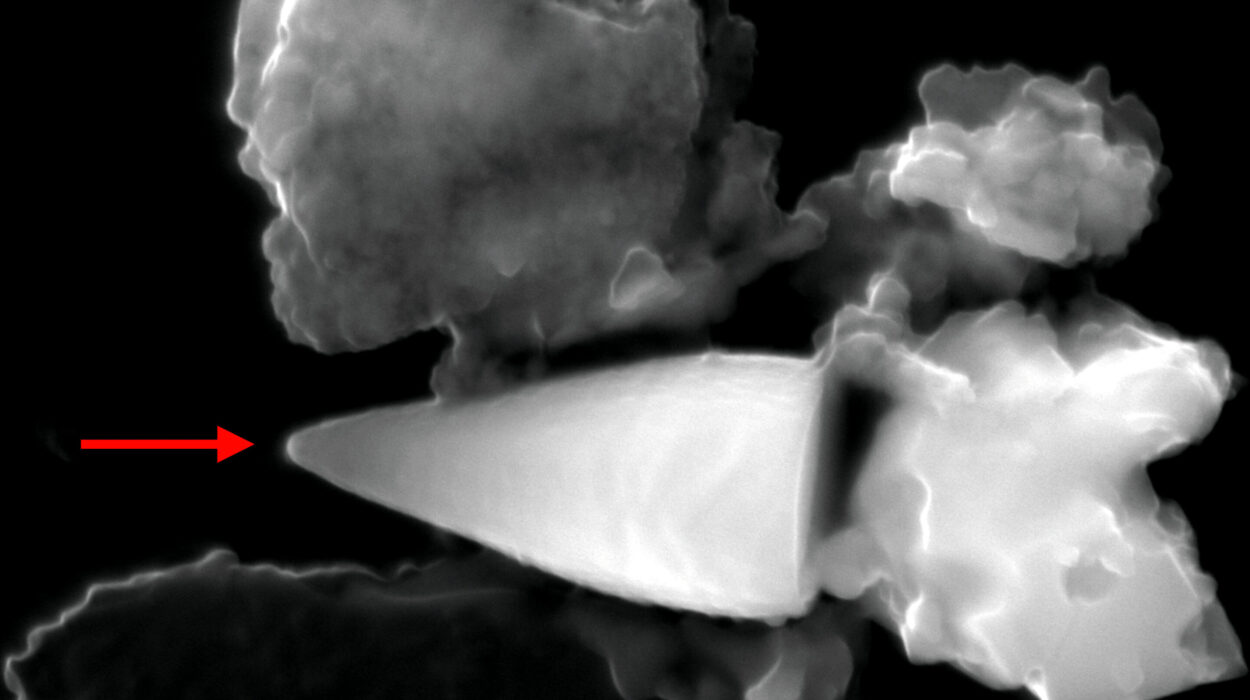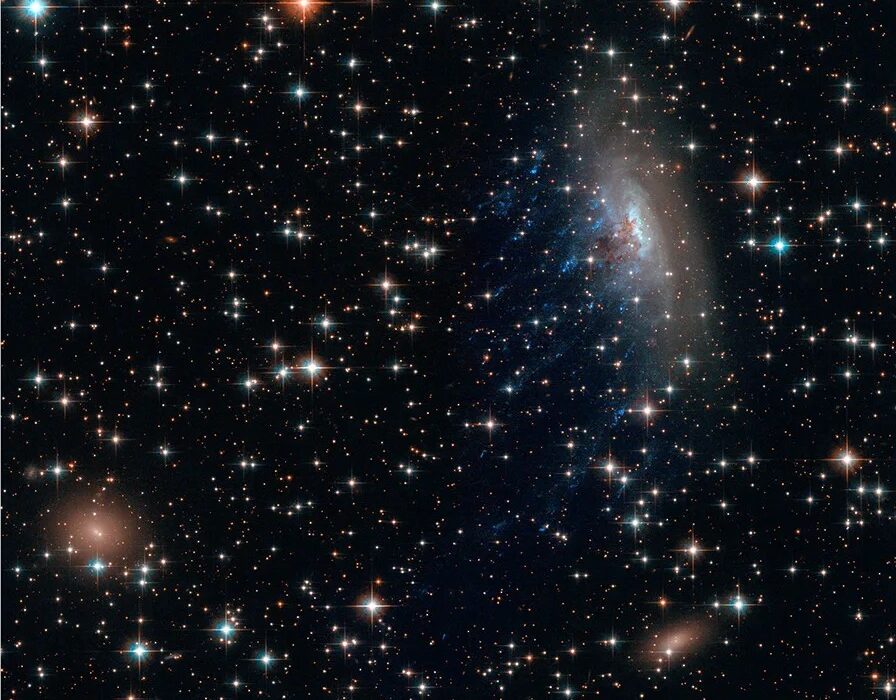In the heart of our galaxy and far beyond, stars blaze with light that has traveled across time and space. Yet despite their brilliance, one of the most fundamental facts about these celestial objects remains remarkably difficult to pin down: their age.
Now, a team of astronomers from the University of Toronto has developed an artificial intelligence model that could change everything we know about how stars grow old. Their new tool—named ChronoFlow—can determine stellar ages with a level of precision that was once thought impossible, offering new insights into how stars, planets, galaxies, and even the universe itself evolve over time.
The research, published in The Astrophysical Journal, represents a significant leap forward in astrostatistics, bringing the power of machine learning to one of astronomy’s most persistent challenges.
Why Stellar Ages Matter
Knowing how old a star is isn’t just a matter of cosmic curiosity. Stellar age underpins nearly every major question in astronomy: How do stars live and die? How do planets form around them? How old is our galaxy? When did key events in the universe take place?
But stars don’t come with clocks or time stamps. Unlike trees on Earth, which leave behind growth rings, or archaeological sites that can be carbon-dated, stars offer no direct, observable markers of their age. Astronomers have had to rely on indirect methods—some clever, but many imperfect.
“Figuring out the ages of stars is one of the hardest problems in astrophysics,” explains Phil Van-Lane, the Ph.D. candidate at the University of Toronto’s David A. Dunlap Department of Astronomy and Astrophysics who led the project. “You can’t just look at a star and say, ‘Ah, this one’s 5 billion years old.’ It’s not written on the surface.”
This is where ChronoFlow comes in—with an approach that’s as intuitive as it is revolutionary.
A Star’s Spin: The Celestial Clock Hidden in Plain Sight
One of the few ways to infer a star’s age is through its rotation rate. Like a slowing top, a star gradually spins more slowly as it ages, thanks to the drag of its magnetic field and a constant stream of solar wind. This process, known as magnetic braking, is well-understood in theory but notoriously hard to model mathematically.
Astronomers have long used this phenomenon—called gyrochronology—to try to estimate stellar ages. But older stars and more complex systems often defy traditional models.
ChronoFlow changes the game by not relying on a single equation. Instead, it learns from real observations. Using machine learning, it can uncover subtle patterns in data that conventional models simply can’t see.
Training the Model: 8,000 Stars, 30 Clusters, One Massive Dataset
To teach ChronoFlow how stars age, the team compiled the largest-ever dataset of rotating stars in stellar clusters—about 8,000 stars across 30 different clusters spanning a wide range of ages.
Because stars in a cluster are born at the same time, astronomers can estimate a cluster’s age by studying its most massive members, which evolve quickly and die young. That gives scientists a reliable time stamp for all the stars in that cluster—including those still alive and spinning.
By combining this age information with rotation rates from space missions like Kepler, K2, TESS, and Gaia, the researchers created a training ground for their AI.
“It’s like having class photos of people at ages 5, 15, 30, and 50,” says Josh Speagle, an assistant professor of astrostatistics and co-author of the study. “Then someone gives you a photo of a new person and asks you to guess their age. That’s essentially what we’re doing—but with stars.”
ChronoFlow learns how stars spin at different stages in life, and then uses those patterns to estimate the ages of new stars outside of those clusters.
ChronoFlow Delivers: Precision Beyond Expectations
Once trained, ChronoFlow proved itself to be stunningly effective. It estimates the ages of stars with unprecedented accuracy—beating previous analytical approaches and showing a far greater capacity to handle stars of varying mass, age, and behavior.
“The first ‘Wow’ moment was during the proof-of-concept phase,” Van-Lane recalls. “We realized this technique really works. It wasn’t just a theoretical exercise—it was a practical tool that delivered meaningful results.”
What makes ChronoFlow especially powerful is its ability to model populations of stars. It doesn’t just track one star at a time—it understands the collective behavior of groups, making it highly resilient to noise and outliers. This opens the door to a deeper understanding of the evolutionary pathways that stars follow over billions of years.
Unlocking the Cosmos: Why Stellar Ages Matter
ChronoFlow is more than a clever way to estimate stellar birthdays. It could reshape several branches of astrophysics:
- In exoplanet science, knowing the age of a star helps determine how long its planets have had to develop atmospheres, weather systems, or even life.
- In galactic archaeology, mapping the ages of stars across the Milky Way can reveal how our galaxy assembled itself from smaller components over time.
- In cosmology, understanding stellar populations in distant galaxies helps constrain models of when and how structures in the universe formed.
“Age is the missing dimension in so many astronomical questions,” says Dr. Gwen Eadie, a co-author of the study and expert in stellar populations. “ChronoFlow helps bring that dimension into focus.”
Open-Source Tools for a New Age of Exploration
In the spirit of open science, the researchers are making ChronoFlow freely available to the public. The code is hosted on GitHub, complete with tutorials and documentation, so that astronomers around the world can use it in their own work.
Whether you’re studying nearby stars, distant galaxies, or planetary systems light-years away, ChronoFlow offers a robust new way to chart the passage of time.
And this is just the beginning. The success of ChronoFlow suggests that machine learning could help crack many other long-standing astrophysical problems—from stellar structure and supernova prediction to dark matter modeling and galaxy classification.
The Future of Stars—Powered by Artificial Intelligence
As our telescopes continue to gather massive amounts of stellar data, the challenge now lies in interpreting it. Tools like ChronoFlow allow scientists to translate patterns into understanding—and numbers into narratives about the life and death of stars.
“The universe doesn’t always give up its secrets easily,” says Van-Lane. “But with AI, we’re starting to ask better questions. And sometimes, that’s all it takes to learn something incredible.”
With ChronoFlow, the spin of a star becomes more than a quirk of physics. It becomes a whisper from the past—telling us how old it is, what it’s seen, and what it still has left to burn.
Reference: Phil R. Van-Lane et al, ChronoFlow: A Data-driven Model for Gyrochronology, The Astrophysical Journal (2025). DOI: 10.3847/1538-4357/adcd73






